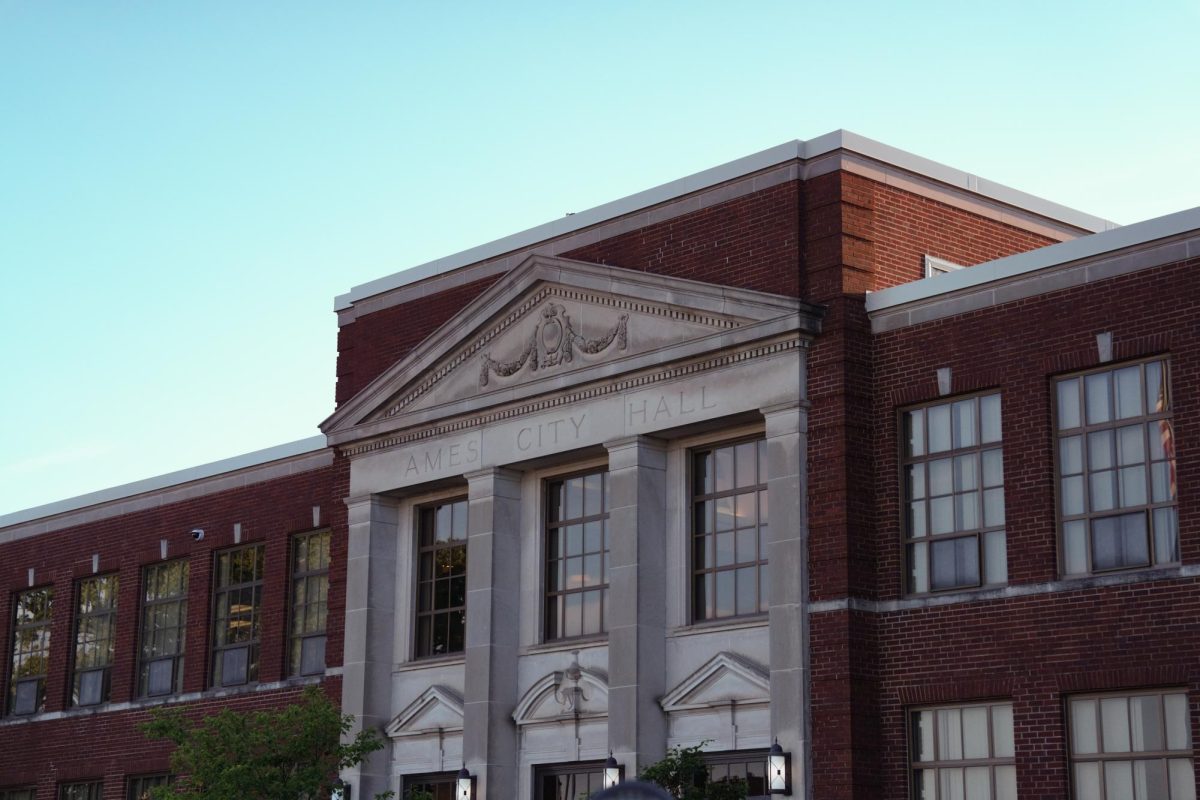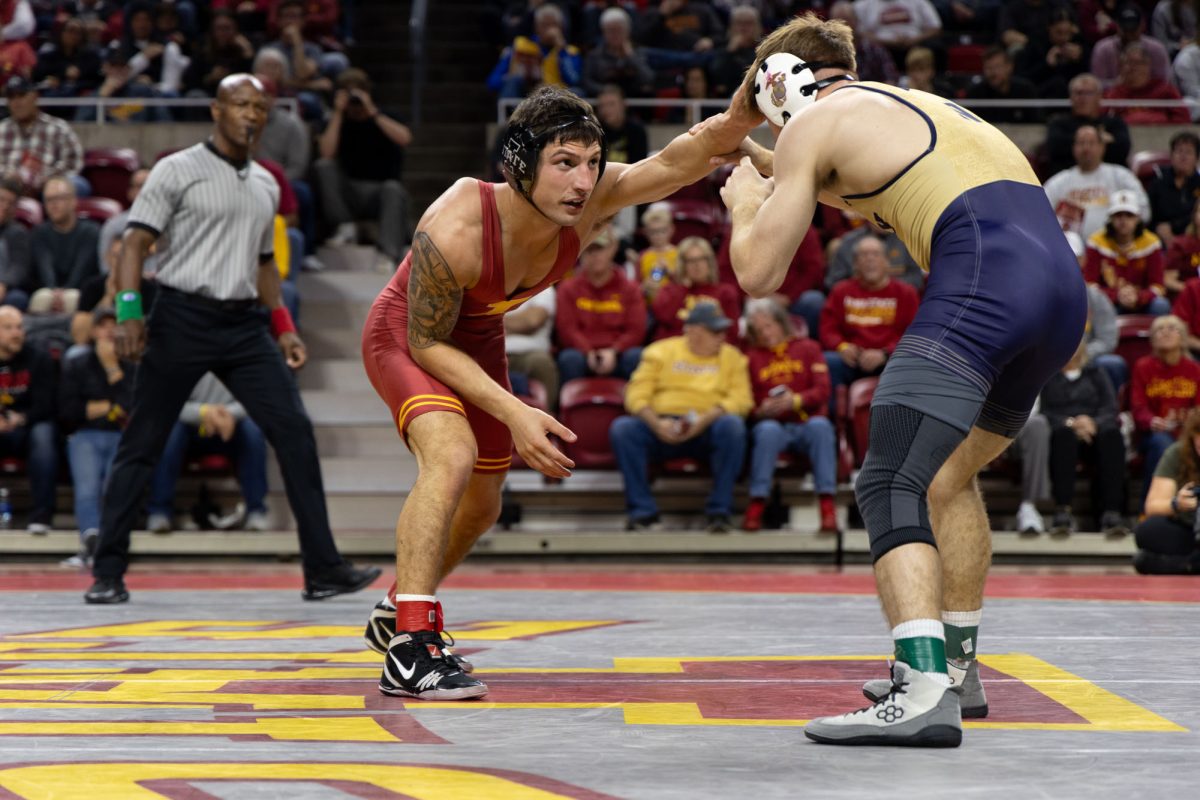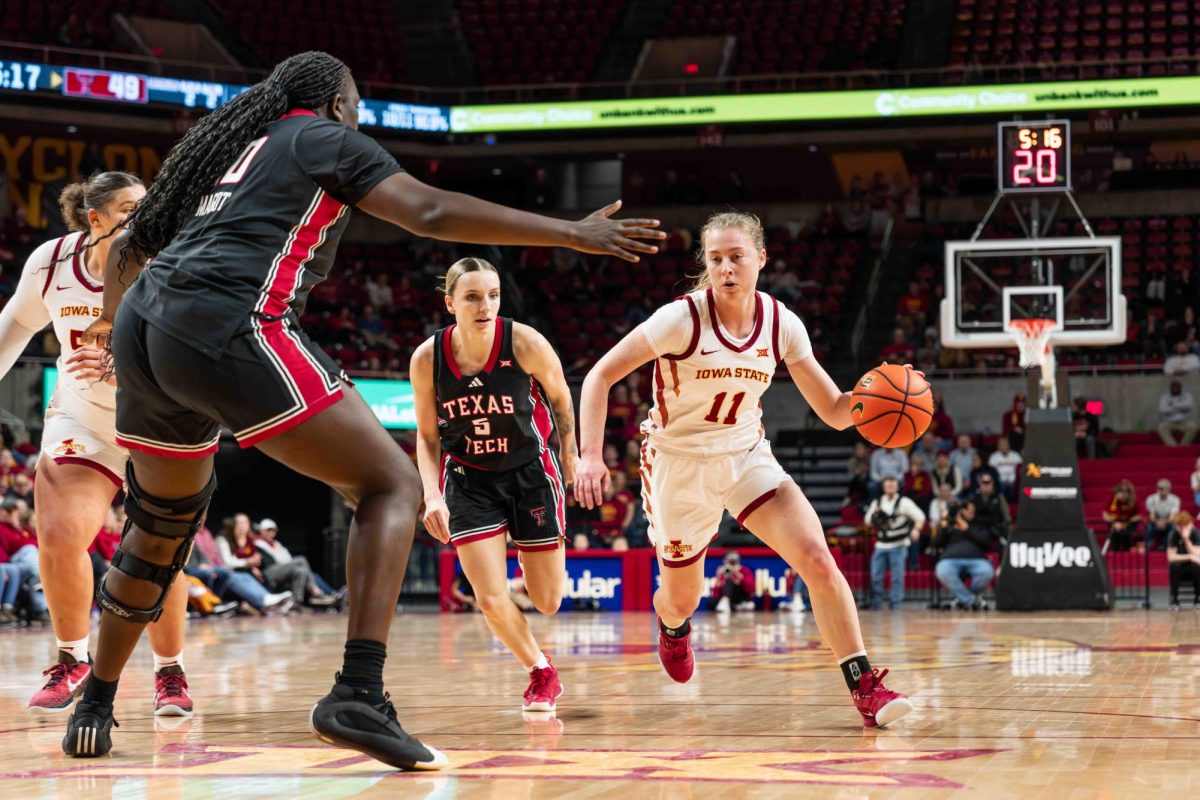Resurrection of Jesus Christ debated at Memorial Union
April 13, 1998
The second session of a two-night debate over the historical truth of Jesus Christ’s resurrection concluded Thursday night at the Memorial Union with neither side relenting their positions.
A crowd that nearly filled the Great Hall took part in the debate titled “The Resurrection of Jesus: Fact or Fiction” between Hector Avalos, Iowa State professor of religious studies, and noted Christian apologist Rubel Shelly.
Avalos said the best way to judge the probable cause of an event, such as Christ’s reported resurrection, is to examine “known over unknown causes.”
He said examples of “known” causes for reports of Christ’s resurrection can be religious assumptions, political or economic motives and lying.
Supernatural causes, such as Christ being raised from the dead by God, are “unknown” and are not as useful, Avalos said.
Shelly replied by saying his approach does not appeal to unknown causes.
He described his mindset as “reasoned confidence,” which he defined as “probability based on best evidence … an inductive procedure that accepts as its working hypothesis the best total explanation for all the facts known to us.”
Avalos centered his argument around a 1981 account of a group of children in Medjugorje, Yugoslavia, who reported that they had seen, spoken with and touched a vision of the Virgin Mary.
Avalos compared the attributes of the Medjugorje report with the reports of Christ’s resurrection.
If it is to be believed that Christ rose from the dead based on the evidence we have available, he said, the Medjugorje accounts must also be accepted as true.
He argued that while we have preserved accounts of Medjugorje, we do not have preserved accounts of Jesus’ death.
Written accounts of the events in Medjugorje also developed almost immediately, while the written accounts of the resurrection took about 25 years to appear.
Shelly said that regardless of the truth behind the Medjugorje accounts, the Catholic Church classifies it as an “apparition or vision,” and not as a resurrection.
The accounts of Christ, on the other hand, do not report a vision or even a resuscitation, but a “bodily resurrection,” Shelly said.
Avalos also pointed out a contradiction in the different accounts of post-resurrection appearances of Jesus, but Shelly said there is no contradiction.
“It adds credibility to the gospel narratives that they tell the story from different points of view,” he said.
“Very few documents claim to be inspired by God,” Avalos said in return. “If they are really inspired by God, we would expect them to have the very same stories.”






